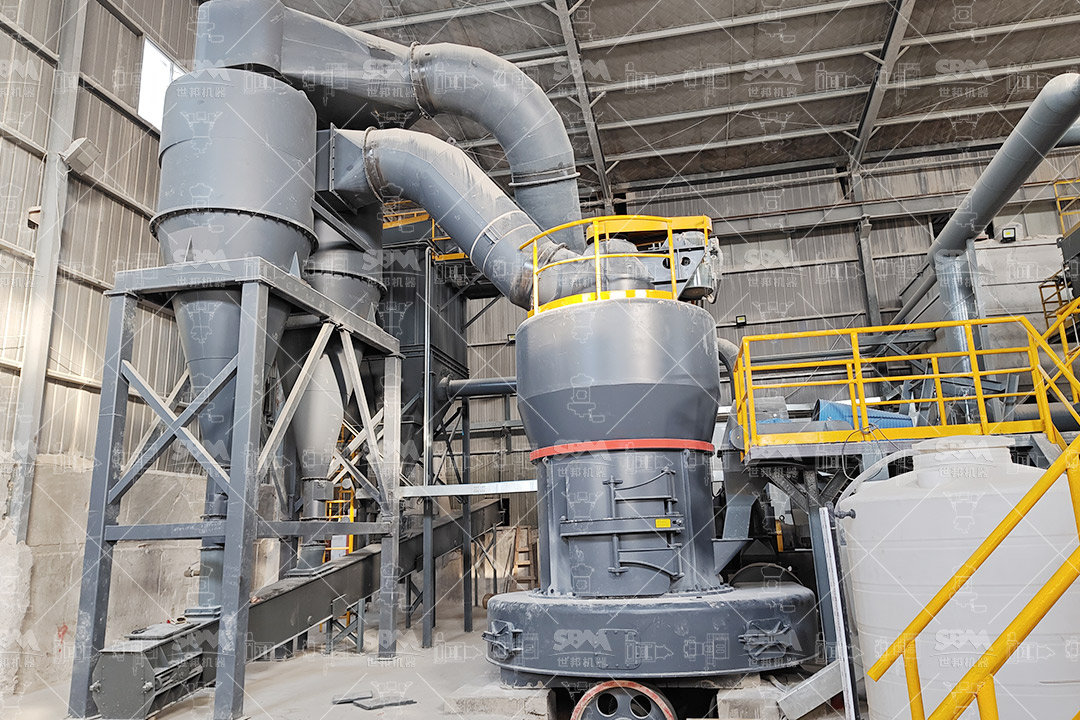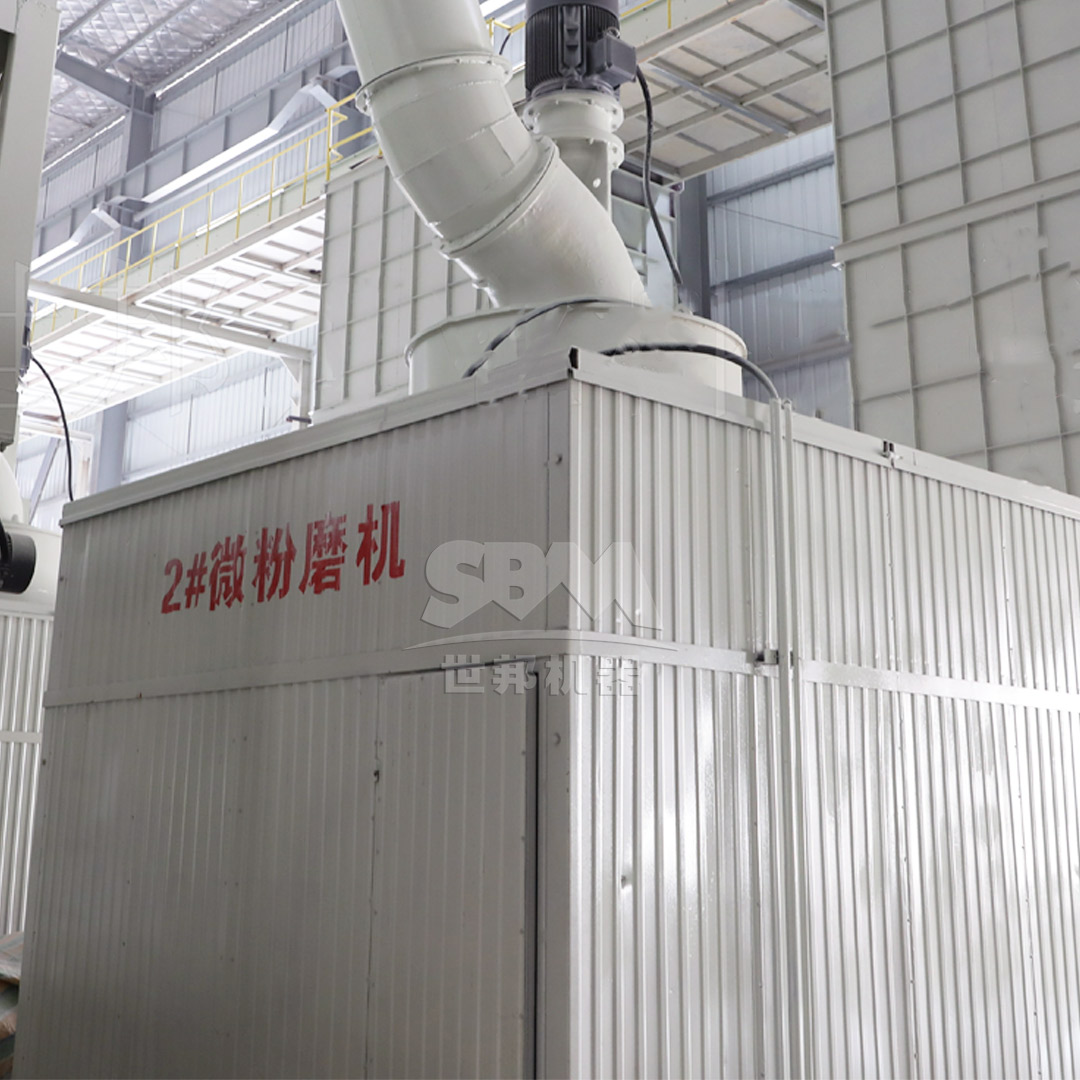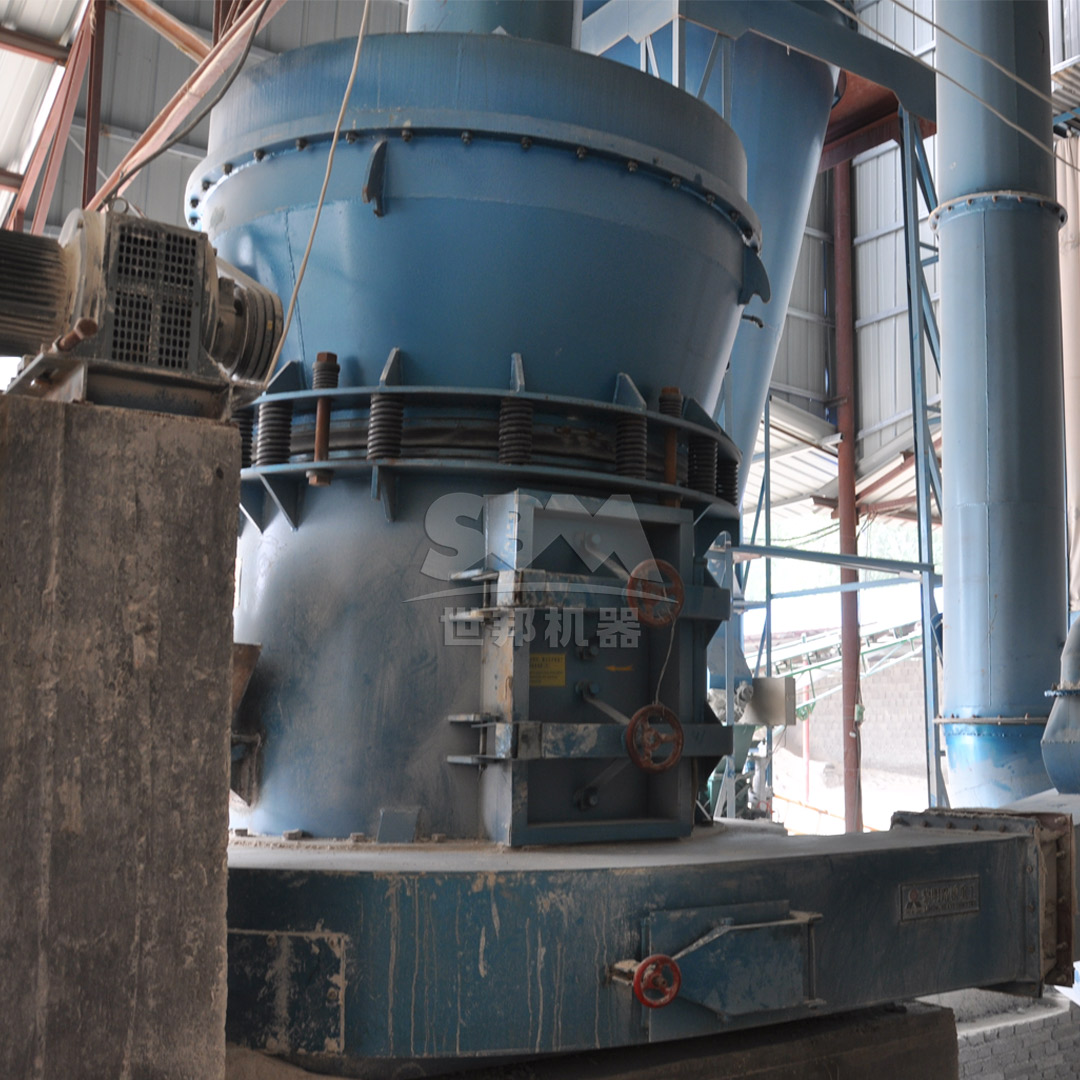Calcite, a naturally occurring calcium carbonate mineral, is one of the most versatile and widely used industrial minerals. Its applications span numerous industries including plastics, paints, coatings, paper, construction, and pharmaceuticals. The value of calcite in these applications is heavily dependent on its particle size distribution and purity, making ultrafine grinding technology crucial for maximizing its commercial potential.
The production capacity of an ultrafine mill for grinding calcite is influenced by multiple factors including the mill design, grinding mechanism, classification efficiency, and the specific properties of the calcite feedstock. Understanding these variables is essential for selecting the appropriate equipment and optimizing production efficiency.
The initial particle size, moisture content, hardness, and chemical composition of the calcite feedstock significantly impact grinding efficiency. Calcite with a Mohs hardness of 3 is generally considered easy to grind, but variations in impurity content can affect both processing parameters and final product quality.
The relationship between target fineness and production capacity follows an inverse correlation. As the required particle size decreases, the energy input per unit mass increases exponentially. For calcite grinding, production rates can vary dramatically between coarse (325 mesh) and superfine (2500 mesh) applications.
Modern ultrafine mills incorporate advanced features such as precision classification systems, optimized grinding geometries, and intelligent control systems that collectively determine the maximum achievable capacity while maintaining product quality.
| Target Fineness (Mesh) | Typical Capacity Range (tons/hour) | Energy Consumption (kWh/ton) |
|---|---|---|
| 325-800 | 15-25 | 25-40 |
| 800-1250 | 8-15 | 45-65 |
| 1250-2500 | 0.5-8 | 75-120 |

For high-value calcite applications requiring precise particle size control, our SCM Series Ultrafine Mill represents the pinnacle of grinding technology. Specifically engineered for superfine powder production, this mill delivers exceptional performance in calcite processing with output fineness ranging from 325 to 2500 mesh (D97 ≤ 5μm).
The SCM Ultrafine Mill incorporates several proprietary technologies that make it particularly suitable for calcite processing:
High-Efficiency Grinding System: The unique three-layer grinding ring design combined with high-pressure spring technology ensures consistent grinding force distribution, resulting in uniform particle size distribution and higher production rates compared to conventional mills.
Precision Classification Technology: Equipped with a vertical turbine classifier that enables precise particle size cuts without coarse particle contamination. This is particularly important for calcite applications where product consistency is critical.
Energy Efficiency: With capacity twice that of jet mills and energy consumption reduced by 30%, the SCM series offers significant operational cost savings. Intelligent control systems automatically adjust operational parameters based on real-time feedback of product fineness.

The SCM series offers multiple models to match various production requirements:
| Model | Processing Capacity (ton/h) | Main Motor Power (kW) | Output Fineness (mesh) |
|---|---|---|---|
| SCM800 | 0.5-4.5 | 75 | 325-2500 |
| SCM900 | 0.8-6.5 | 90 | 325-2500 |
| SCM1000 | 1.0-8.5 | 132 | 325-2500 |
| SCM1250 | 2.5-14 | 185 | 325-2500 |
| SCM1680 | 5.0-25 | 315 | 325-2500 |
For applications requiring high volume production with slightly coarser specifications, our MTW Series Trapezium Mill provides an excellent balance between capacity and fineness control. With output ranging from 30 to 325 mesh and capacity up to 45 tons per hour, this mill is ideal for large-scale calcite processing operations.
Advanced Grinding Mechanism: The curved duct design minimizes air flow resistance and improves transmission efficiency, while the wear-resistant shovel blade design significantly reduces maintenance costs.
Superior Drive System: The integral transmission with bevel gears achieves 98% transmission efficiency, reducing energy consumption and installation costs.
Comprehensive Dust Collection: Advanced pulse dust collection technology ensures environmental compliance with collection efficiency exceeding international standards.
| Model | Processing Capacity (ton/h) | Main Motor Power (kW) | Output Fineness (mesh) |
|---|---|---|---|
| MTW110 | 3-9 | 55 | 30-325 |
| MTW138Z | 6-17 | 90 | 30-325 |
| MTW175G | 9.5-25 | 160 | 30-325 |
| MTW215G | 15-45 | 280 | 30-325 |
Maximizing the production capacity of an ultrafine mill for calcite grinding begins with proper feedstock preparation. Crushing calcite to an appropriate feed size (typically ≤20mm for SCM series and ≤50mm for MTW series) ensures optimal grinding efficiency and prevents unnecessary wear on grinding components.
Calcite with excessive moisture content can lead to reduced capacity, increased energy consumption, and potential blockages in the grinding system. Implementing proper drying processes before grinding is essential for maintaining maximum production rates.
The overall production capacity is determined not only by the mill itself but by the complete system including feeding, grinding, classification, and collection components. Proper sizing and integration of all system elements are critical for achieving rated capacity.

When evaluating ultrafine mills for calcite processing, it’s important to consider both the initial investment and long-term operational costs. While advanced mills like the SCM series may require higher initial investment, their superior energy efficiency and lower maintenance requirements typically result in significantly lower operating costs over the equipment lifecycle.
The production capacity directly influences the return on investment. Higher capacity mills enable faster payback periods through increased production volumes and premium pricing for consistently high-quality calcite powders.
The production capacity of an ultrafine mill for grinding calcite varies significantly based on the specific technology employed and the required product specifications. Our SCM Series Ultrafine Mill offers unparalleled performance for superfine calcite applications with capacities ranging from 0.5 to 25 tons per hour, while the MTW Series Trapezium Mill provides high-volume processing capabilities for slightly coarser requirements.
Selecting the appropriate grinding technology requires careful consideration of production targets, product specifications, and economic factors. With advanced features such as precision classification, energy-efficient operation, and robust construction, our grinding solutions deliver optimal performance for calcite processing applications across various industries.
For operations requiring the finest calcite powders with tight particle size distributions, the SCM Ultrafine Mill represents the ideal solution, combining high production capacity with exceptional product quality and operational efficiency.